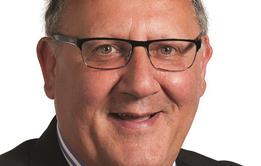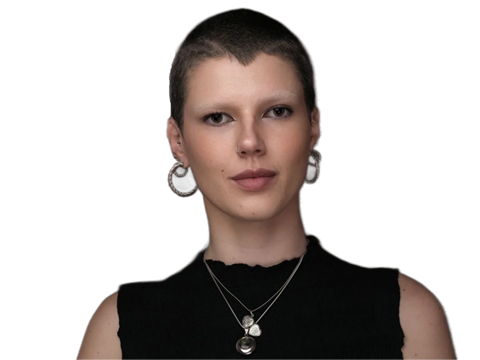The 17 judges who helped shape the rankings – and the criteria they used to come to their decisions
The 2017 rankings were judged by
- Health Education England chief executive Ian Cumming
- Royal College of Physicians president Jane Dacre
- MIND chief executive Paul Farmer
- CQC non-executive director Sir Robert Francis
- NHS Providers chief executive Chris Hopson
- NHS England director of new care models Samantha Jones
- NHS England medical director Sir Bruce Keogh
- Local Government Association chief executive Mark Lloyd
- NHS England clinical lead for accident and emergency Dr Cliff Mann
- NHS Improvement director of nursing Ruth May
- Healthwatch England chair Jane Mordue
- CQC chief inspector of hospitals Sir Mike Richards
- NHS Confederation associate director of patients and communities Joan Sadler
- Public Health England chief executive Duncan Selbie
- Age UK chief executive Tom Wright
- Korn Ferry associate director Kate Wilson
- HSJ senior correspondent Ben Clover
- The judging was chaired by HSJ editor Alastair McLellan
Criteria
The criteria given to the judges was as follows:
The judging of the HSJ Top 50 Chief Executives is designed to be an art rather than a science. Although we may want to use available data about the trusts involved, we will predominately be making qualitative judgments about individual chief executives based on our collective knowledge.
We are seeking to identify chief executives who excel in leadership, improving care and driving efficiency.
The chief executives we are considering will range from those who have only been in their current position a short time (but may have successfully led other organisations before) to those who have been in the job for decades. It is unlikely that a chief executive who has been in their job for six months or less will have been able to demonstrate the sort of track record we would want to see unless they have previously been chief executive at another organisation.
Their organisations will be similarly varied: some will have a long record of quality care and achieving financial balance while hitting performance targets. Others may be more challenged – but that does not mean their chief executive has not made a difference in difficult circumstances. They may be acute trusts with a plethora of data and targets available or they may be community or mental health trusts, where information is more limited.
As part of the process judges should consider:
- The personal example set by the chief executive. This covers their leadership style and behaviours including approach to mentoring and developing more junior staff; encouraging inclusive leadership; how they work with their board, both executives and non-executives; and what we know of their standing among their peers and personal qualities.
- The performance of the organisation they lead, given the circumstances it is in. This will include performance against the key targets; financial performance; and quality of care. We should also consider the results of the annual staff survey. While almost every trust is struggling in one or more of these areas, chief executives should be taking the lead in mitigating the problems and ensuring that fundamental standards of care for patients are maintained. We want to identify those chief executives who are showing outstanding leadership qualities in these troubled times.
- The contribution the chief executive has made to the wider health and social care system. This might be through leading on important projects, either nationally or locally. Examples include success in leading an STP; taking on a national role such as lead for an area of care; or spearheading local improvements. We want chief executives who are working for the benefit of the system as a whole rather than merely the interests of their own organisations.
Revealed: The NHS’s top trust chief executives in 2017

Standout trends in this year’s rankings include the prevalence of the multi-trust leader, the influence of outstanding CQC ratings and the rise of women chief executives
- 1
 Currently
reading
Currently
reading
How we judged the HSJ top trust chief executives
- 3
































